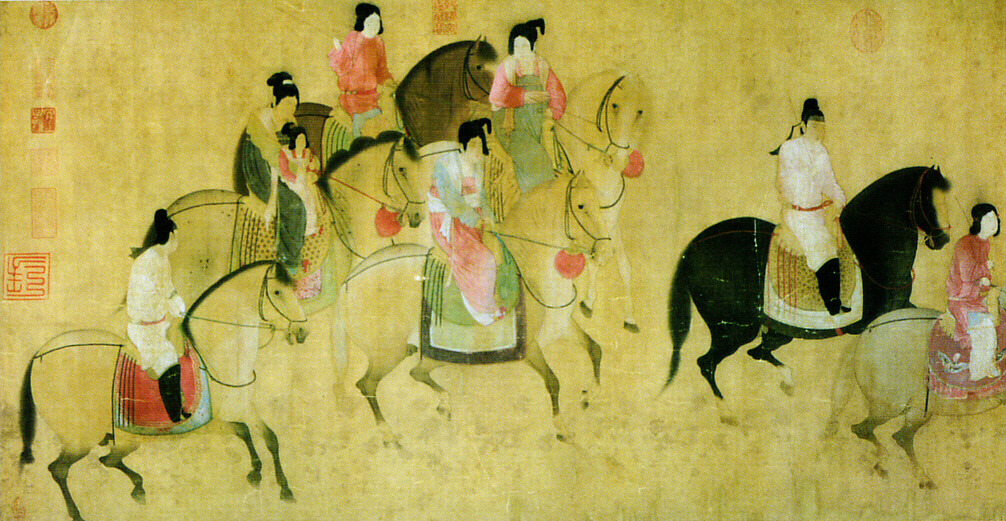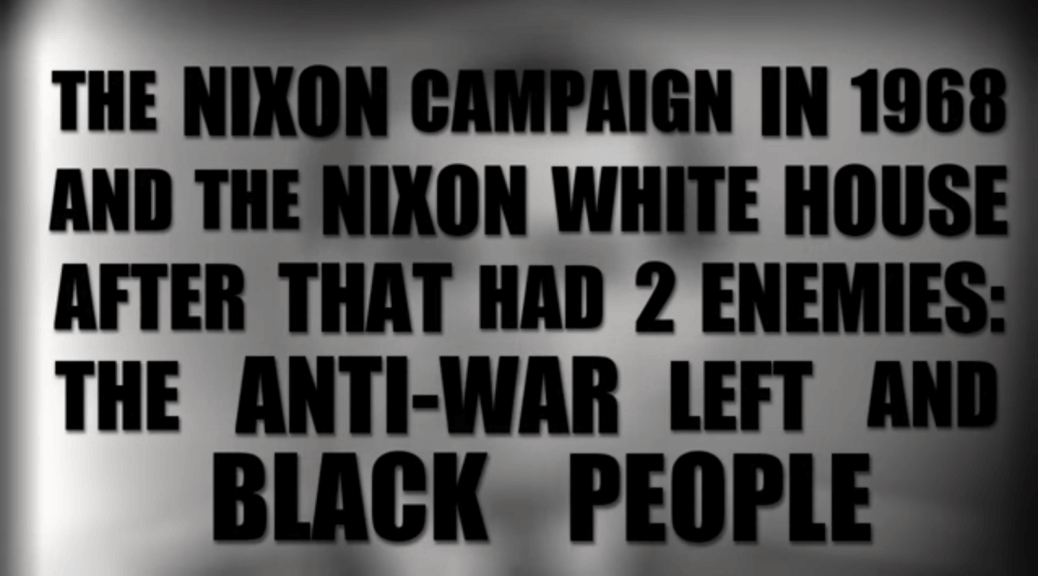
Chris Stewart’s excellent podcast, The History of China, had an interesting discussion of an economic debate that happened in 734. The debate in the Tang court was between Chang Chiu-lin, a Confucian who favoured legalizing illicit minting, and many Legalist officials who opposed legalization. I was so intrigued that I read through the source material on the debate, a 1976 article by Penelope A. Herbert.
The background for the debate was an ongoing crisis of too little coinage to “meet the demands of trade.” This apparent shortage of coinage led many people to take up counterfeiting. Counterfeiters would mint coins with lower precious metal content than the official coins. They risked the death penalty if caught, but the privately minted coins were widely traded nonetheless. All the historical sources seem to agree that this was the problem, but as we know, economic problems are easy to misdiagnose.
This apparent lack of currency was confusing to me because any amount of currency can meet the demands of trade at the right price level. Herbert (1976) writes,
“For the first half of the [Tang] dynasty, the administration succeeded in confining the large scale activities of the merchants in the provincial urban centres and capitals to official markets, supervised by bureaucrats. The administration reserved the right to manipulate prices by a system of officially imposed price controls, based on the standard coinage.” (p. 258)
That clears things up. “Not enough coinage” apparently means that there’s not enough coinage to facilitate trade at the official prices. In other words, the official prices were habitually set too high! Nobody in the debate seems to have realized that you can just let prices float and they’ll converge on the appropriate price level for the amount of coinage you have. (more…)
The post The Tang Coinage Debate of 734 appeared first on The Economics Detective.

